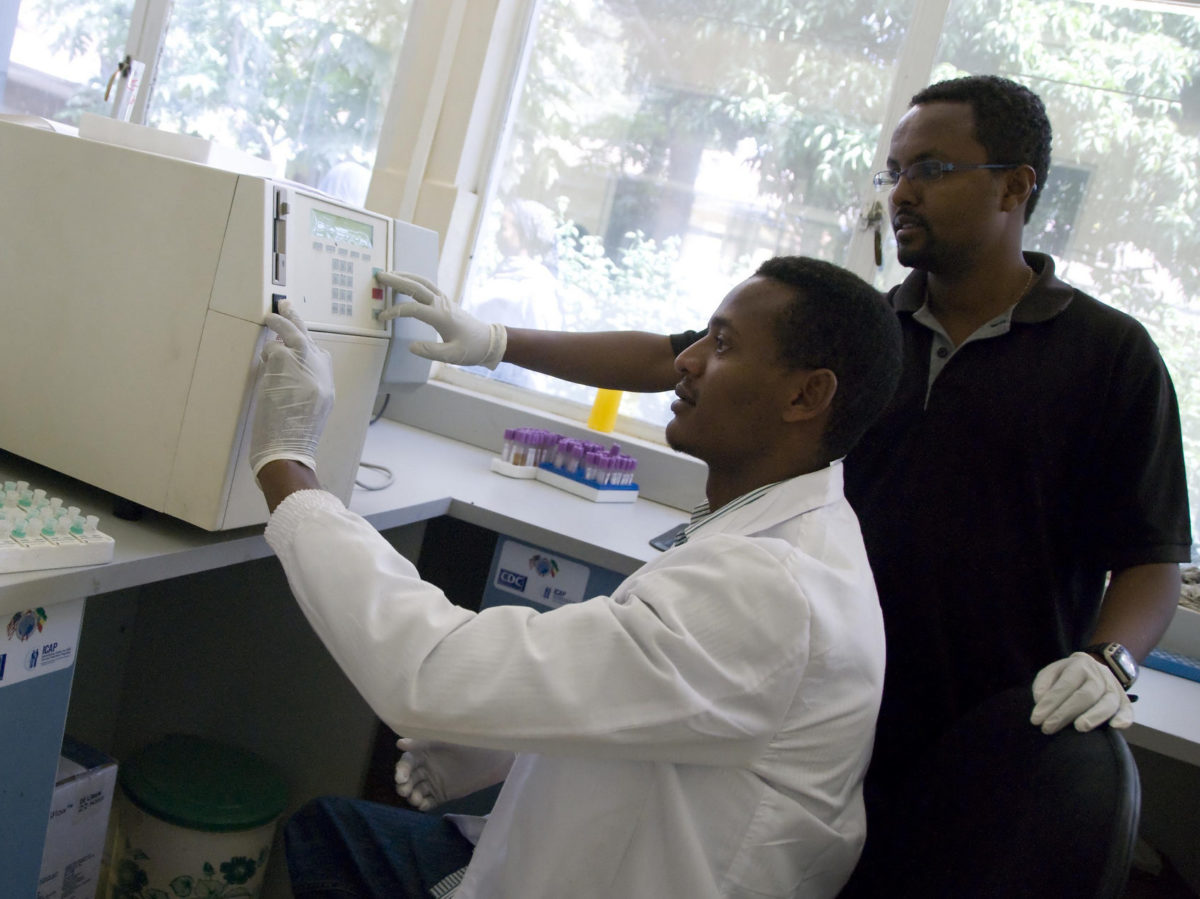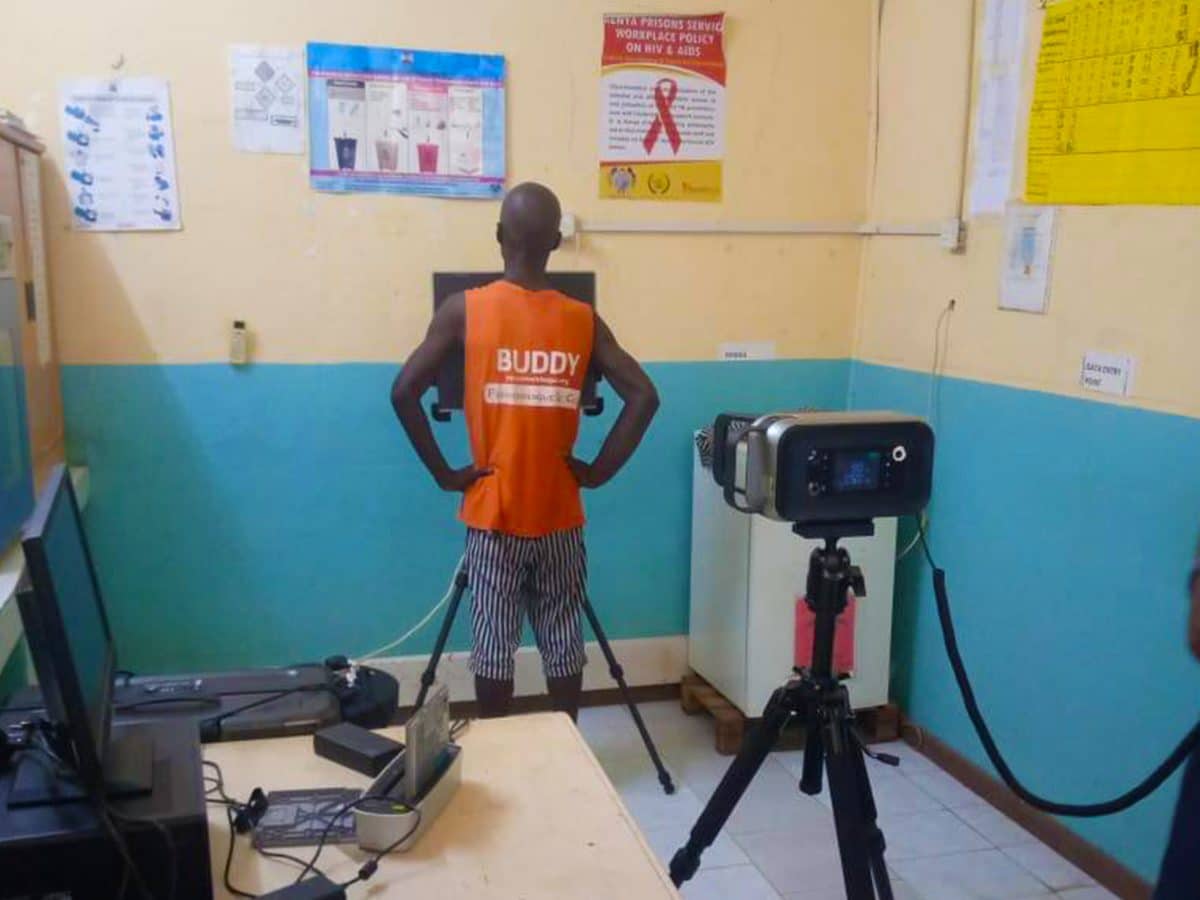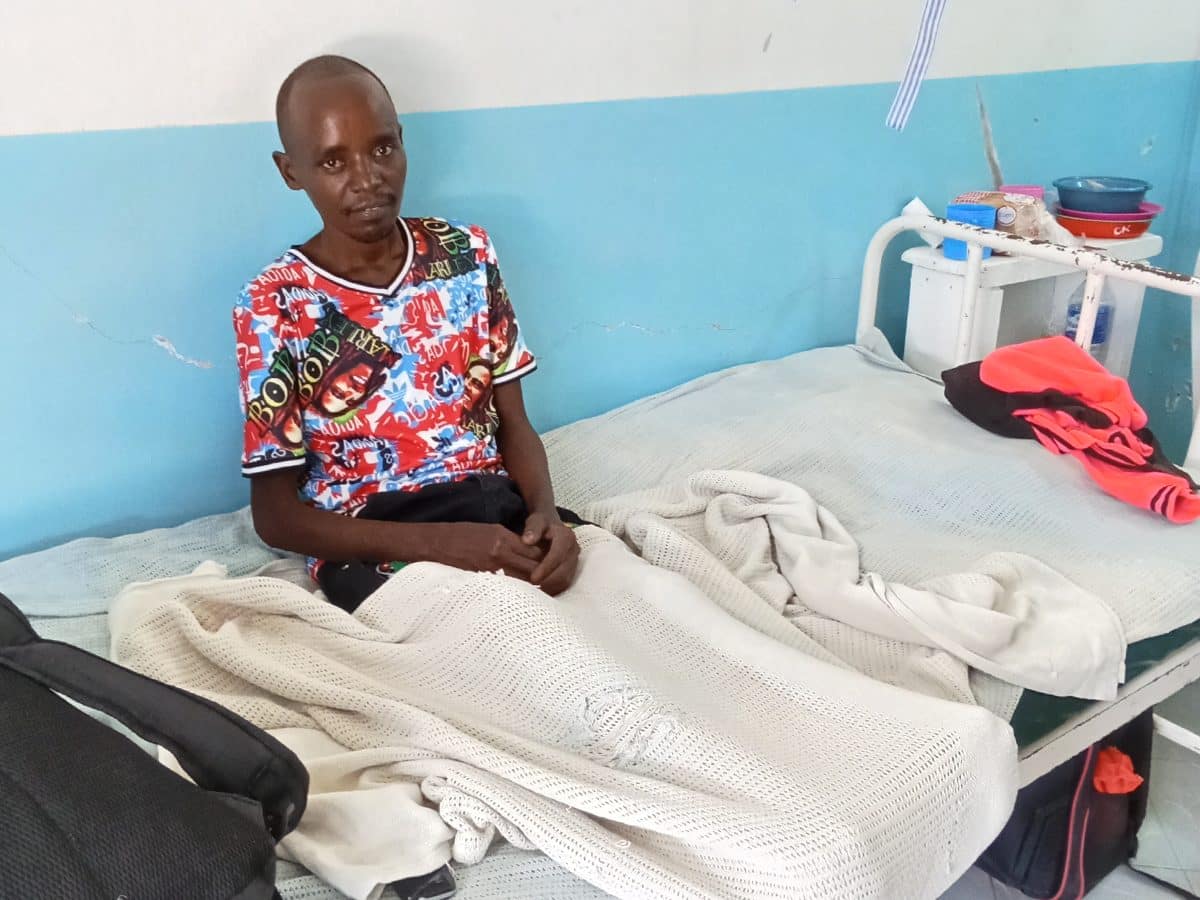As the global response to HIV advances, and programs mature from an emergency to a sustained response, greater focus is being dedicated to quality and quality improvement (QI). The emphasis on QI is based on the appreciation of the importance of quality in achieving program effectiveness at a population level. As a longstanding PEPFAR implementing partner, ICAP has taken its knowledge of health systems strengthening and its expertise in training and developed a new course, designed for U.S. Government country staff and their Ministry of Health (MOH) counterparts. Now in its second year, the course introduces the principles of quality improvement and enables the trainees to apply modern QI science methods and tools to challenges they face in their day-to-day work.
Gillian Dougherty, one of ICAP’s experts in quality improvement, leads the course and works directly with public health professionals on the challenges they face in advancing quality in their programs. Here she shares the basics of quality improvement and outlines the importance of high quality programs to reaching new HIV prevention, care, and treatment goals.
What is quality improvement in the context of health systems and HIV?
Quality improvement is a systematic approach that uses the scientific method to analyze performance and efforts to improve that performance. In other words, QI is the process of continually improving health system performance based on appropriate standards of care.
Quality improvement is not solely about “making things better” by trying harder while doing the same things. Rather, quality improvement utilizes a specific methodology to continuously plan, implement, and adapt potential solutions that ultimately lead to improved outcomes.
How would you distinguish quality improvement from quality assurance?
The terms “quality assurance” and “quality improvement” are often used interchangeably, but they are two distinct processes. At ICAP, what we are doing right now is building on our great quality assurance work and expanding quality improvement efforts, in order to align with PEPFAR’s strategy, which is focused on achieving impact in terms of epidemic control.
Typically in HIV programs, quality assurance (QA) involves developing national standards, indicators, and guidelines, and monitoring progress towards established targets. For example, ICAP’s Strategic Information and Monitoring and Evaluation (M&E) teams have done tremendous work to assess performance using routinely collected data and innovative tools and approaches like the Standards of Care, the URS database, and others. In contrast, QI methods and tools focus on activities to improve performance, to implement national programs, and to meet and exceed the standards.
What does quality improvement look like in action?
Achieving high quality within the programs that ICAP supports is a key priority. It is at the heart of everything ICAP does. In all health systems there is a common phenomenon known as the ‘know-do’ gap or ‘theory–practice’ gap. This simply means that there is a large gulf between what healthcare workers know and what they deliver —it describes a major barrier to quality health service delivery. Because of the high level of complexity and inefficiencies in the health systems, healthcare workers face a multitude of system and process issues that hinder the delivery of care.
ICAP provides QI tools to teams at health facilities so that they can use them to address the problems and then to measure the results of these interventions. All of the tools and approaches are harmonized with national strategies and aim to enhance the work to achieve optimal results. For example, the staff at a facility may determine that long patient wait times are contributing to poor retention in care. The staff may then decide to implement a block appointment system, which assigns patients to attend clinics either in the morning or the afternoon. They then measure the effect on wait time, adapting the new process as they deem necessary to achieve improved outcomes. When they achieve their desired outcome, the team may then move on to tackle another challenge in a similar manner with the ultimate goal of assessing the effect on retention of patients.
An important characteristic of QI tools and methods is that they can be used at many levels—from the central level, right down to the frontline health worker. And by engaging those frontline workers, QI can foster local innovation and really energize staff as they see their efforts pay off.
How do ICAP teams prioritize interventions?
Overall, the “big picture” targets and goals are often identified by ministries of health in collaboration with donors. ICAP teams then assess their performance towards those goals using QA tools to see where programs need to improve.
There are various ways to determine which interventions to prioritize. Some QI experts prefer to focus initially on the most high performing health facilities and teams and use QI methods to get the highest performance possible from those teams first, before addressing quality challenges at lower performing sites. This may have the largest impact on outcomes, with the potential for a “trickledown” effect from the highest performing health facilities to those with lower performance. Another approach is to focus on lower performing sites first in order to address where there are the greatest weaknesses in a system first.
Where do you see the future of quality and QI?
Quality has always been important to ICAP, and QI has been implemented in many of the countries where we work for a number of years. As more and more QI approaches and methods demonstrate measurable health system performance and improvement, these methods and tools can be used by many healthcare workers regardless of health system level, professional experience or educational background.







